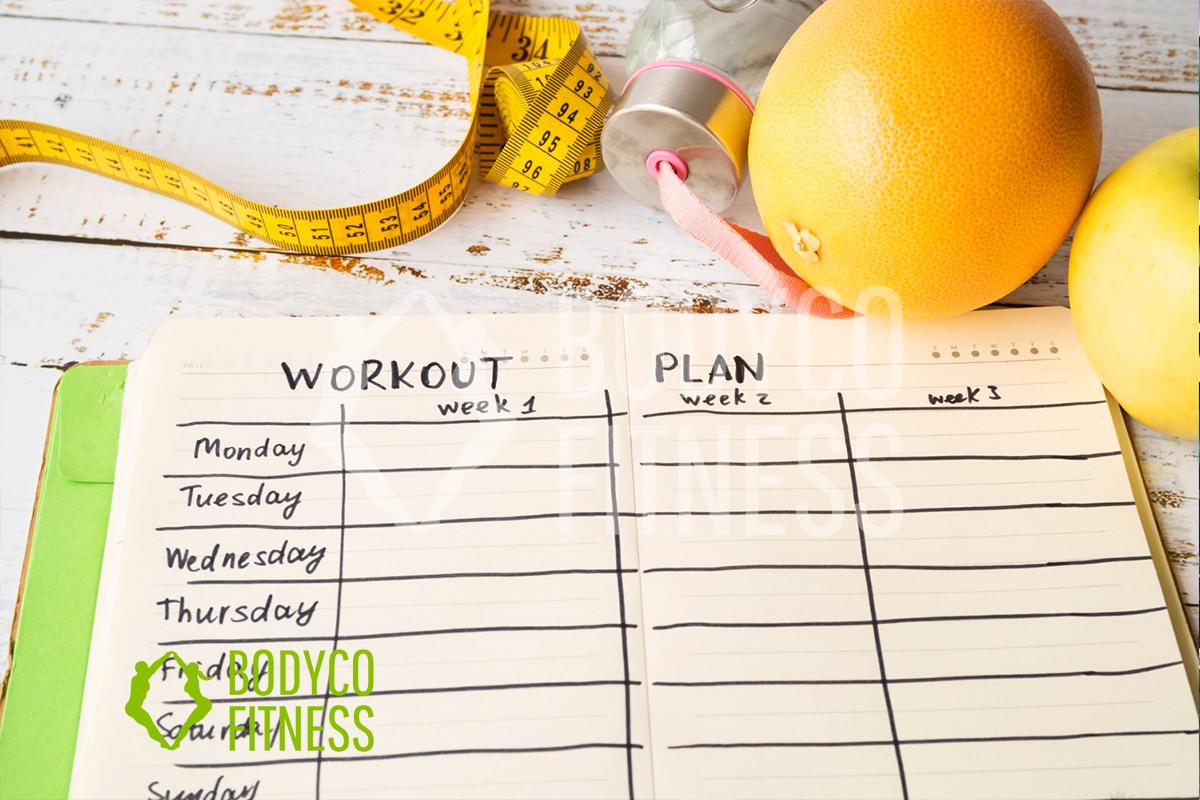
Embarking on a workout plan is an excellent way to improve your fitness, enhance your physical performance, and achieve your desired fitness goals. A well-designed workout plan provides structure, guidance, and progression to help you make consistent progress. In this article, we will explore the key components of an effective workout plan and provide insights to help you create a plan tailored to your needs.
Determine Your Fitness Goals:
Before creating a workout plan, it’s essential to define your fitness goals. Whether your objectives are weight loss, muscle gain, increased strength, improved endurance, or overall fitness, knowing what you want to achieve will shape the structure and content of your workouts. Set specific, measurable, and realistic goals to keep yourself motivated and focused.
Assess Your Current Fitness Level:
Conducting a fitness assessment is crucial to understanding your current capabilities and limitations. Evaluate your cardiovascular endurance, muscular strength, flexibility, and body composition. This assessment will help you identify areas that need improvement and allow you to track your progress over time. Consider consulting a fitness professional or using fitness assessment tools to gather accurate data.
Choose the Right Workout Modalities:
Based on your goals and assessment results, select appropriate workout modalities to incorporate into your plan. Include a combination of cardiovascular exercises (e.g., running, cycling, swimming), strength training (e.g., weightlifting, bodyweight exercises), and flexibility training (e.g., yoga, stretching). Each modality offers unique benefits, and their integration can optimize your overall fitness.
Structure Your Workouts:
Consider the following factors when structuring your workouts:
Frequency: Determine how many days per week you can dedicate to exercise. Aim for a balance between consistency and allowing your body enough time to recover.
Duration: Decide on the duration of each workout session, considering your fitness level and schedule. It’s generally recommended to aim for at least 30 minutes of moderate-intensity exercise per session.
Intensity: Set the appropriate intensity level for each workout. Incorporate a mix of low, moderate, and high-intensity exercises to challenge your body and promote progress. Gradually increase intensity as your fitness improves.
Progression: Ensure your plan includes progressive overload, which involves gradually increasing the difficulty or demands of your workouts over time. This progression helps stimulate adaptation and prevents plateaus.
Exercise Selection and Variation:
Select exercises that target specific muscle groups or fitness components relevant to your goals. Choose a variety of exercises within each modality to engage different muscles and avoid boredom. Include compound exercises (e.g., squats, push-ups) that work multiple muscle groups simultaneously and isolation exercises (e.g., bicep curls, calf raises) that target specific muscles.
Designing an effective workout plan is a vital step toward achieving your fitness goals. By setting clear objectives, assessing your current fitness level, selecting appropriate modalities, structuring your workouts, incorporating variety, and listening to your body, you can create a plan that keeps you motivated and delivers desired results. Remember to stay consistent, be patient, and enjoy the journey as you progress toward a fitter and healthier version of yourself.

